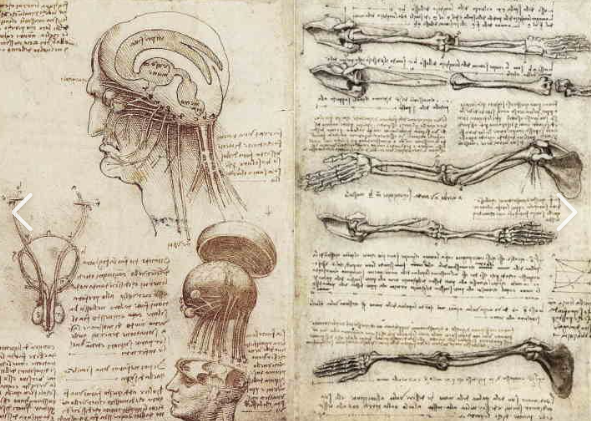Leonardo da Vinci: The Renaissance Man:
Leonardo da Vinci, a name that resonates with the echoes of the Renaissance, an era of awakening and enlightenment. Born on April 15, 1452, in the small town of Vinci. Italy, Leonardo’s life was a canvas of curiosity and boundless creativity. His journey from the Tuscan hills to the courts of. Milan and France is a testament to his enduring legacy as a polymath whose interests spanned across painting, sculpture. Architecture, science, music, mathematics, engineering, literature, anatomy, and geology.
Leonardo’s early years were spent in the picturesque landscapes of Vinci, where he developed a keen eye for the intricacies of nature. His illegitimate birth did not hinder his quest for knowledge; instead, it propelled him into the workshop of. Andrea del Verrocchio in Florence, where he honed his artistic skills. It was here that Leonardo’s talent began to shine, and his fascination with the human form and the mechanics of nature deepened.
The move to Milan marked a significant phase in Leonardo’s career, where he served Ludovico Sforza and created some of his most renowned works, including 'The Last Supper’ and 'Lady with an Ermine’. His Milanese period was characterized by a flurry of scientific studies, artistic endeavors, and engineering projects. Leonardo’s notebooks from this time reveal a mind that was constantly in motion. Exploring the principles of flight, the workings of the human body, and the mysteries of the natural world.
Leonardo’s final years were spent in France, under the patronage of King Francis I. It was in the serene ambiance of. Clos Lucé that he continued his research and artistic pursuits until his death on May 2, 1519. His passing marked the end of an era, but the beginning of a legacy that would inspire generations to come.
Leonardo da Vinci: The Renaissance Man.
Deawuide (@deawuide) • Zdjęcia i filmy na Instagramie.
Leonardo da Vinci often described as the quintessential 'Renaissance man’, left behind a rich tapestry of artistic and scientific achievements. His masterpieces, such as the .Mona Lisa’ and 'The Vitruvian. Man’, are not only artistic marvels but also embodiments of his profound understanding of proportion, light, and anatomy. His scientific inquiries laid the groundwork for future discoveries in various fields, and his inventions. Though never realized in his lifetime. Were visionary concepts that far exceeded the technology of his day.
The life of Leonardo da Vinci is a narrative of human potential, a story of what one can achieve when art and science. Are not seen as disparate fields but as complementary facets of human inquiry. His legacy is a reminder that curiosity, when coupled with relentless pursuit, can transcend the boundaries of time and discipline. Leaving an indelible mark on the world.
Leonardo’s life and works continue to captivate us. Not merely as historical artifacts but as living inspirations that challenge us to look beyond the horizon and imagine the possibilities that lie ahead. As we delve into the annals of history, we find in . Leonardo a mirror reflecting the eternal quest for knowledge and the beauty of the human spirit.
References:
- Leonardo’s birth and early life in Vinci.
- His artistic and scientific endeavors during the Milanese period.
- His final years and death in France.
